
Newsletter Subscribe
Enter your email address below and subscribe to our newsletter

Enter your email address below and subscribe to our newsletter
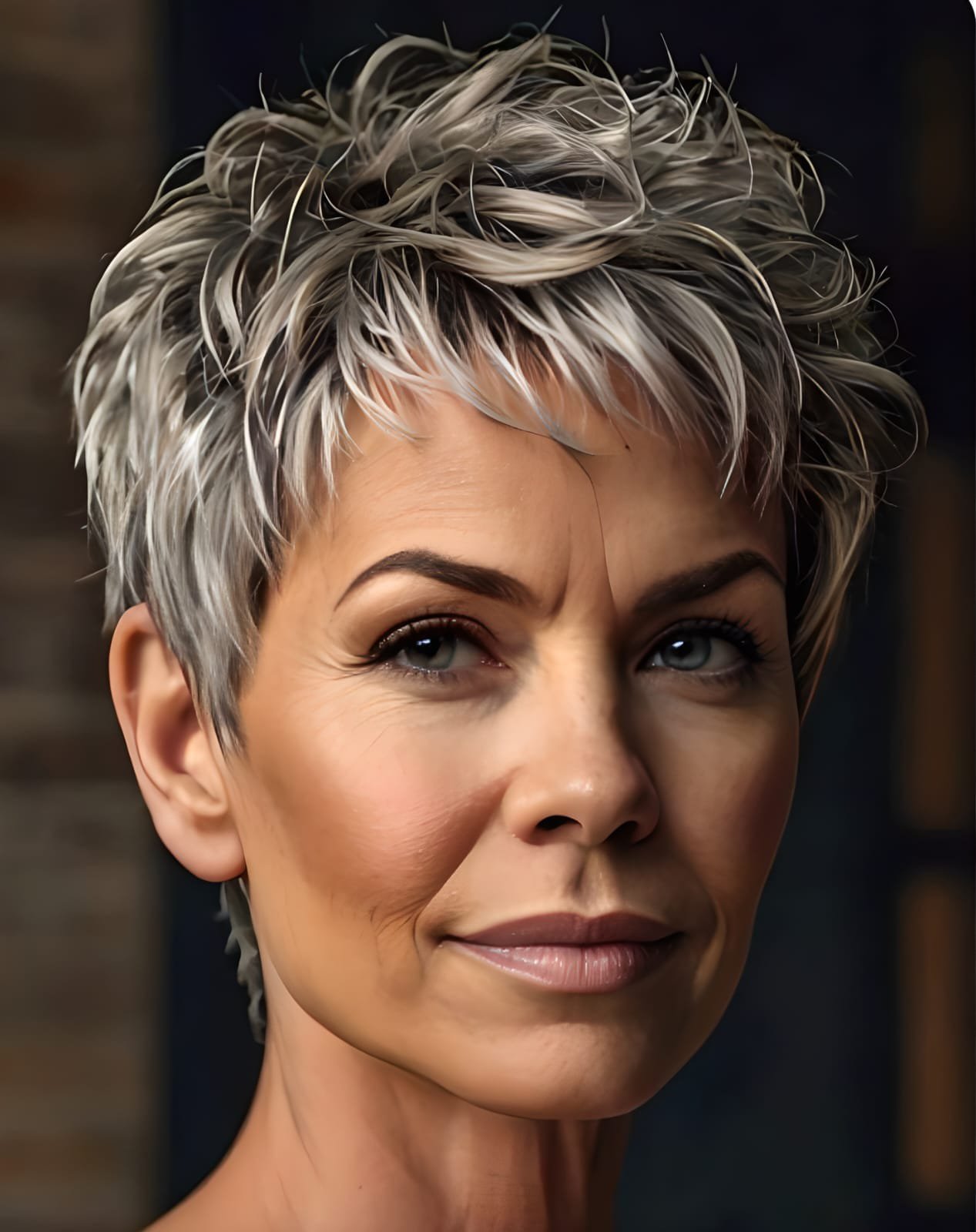
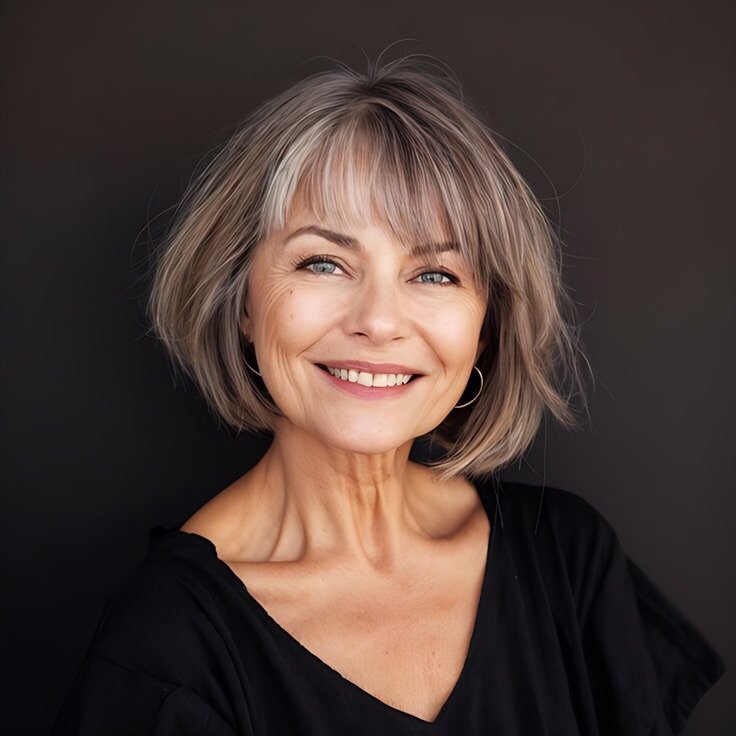
As women age, their hair undergoes significant changes—thinning, dryness, and increased fragility become common concerns. Heat styling, while a quick fix for achieving sleek or voluminous looks, can exacerbate these issues, leading to breakage, split ends, and dullness. For older women, protecting hair from heat damage requires a specialized approach that prioritizes moisture, strength, and gentle care.
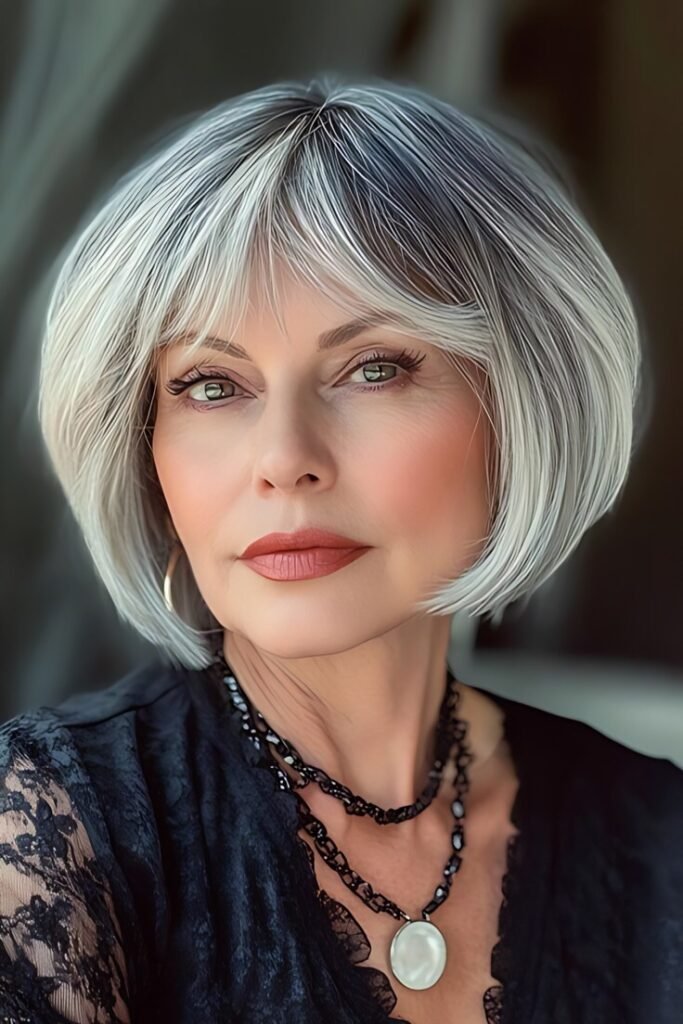

This comprehensive guide explores the most effective ways to shield mature hair from heat damage while maintaining its health and vibrancy. From heat protectant products to low-heat styling alternatives, we’ll cover everything you need to know to keep your hair looking its best.
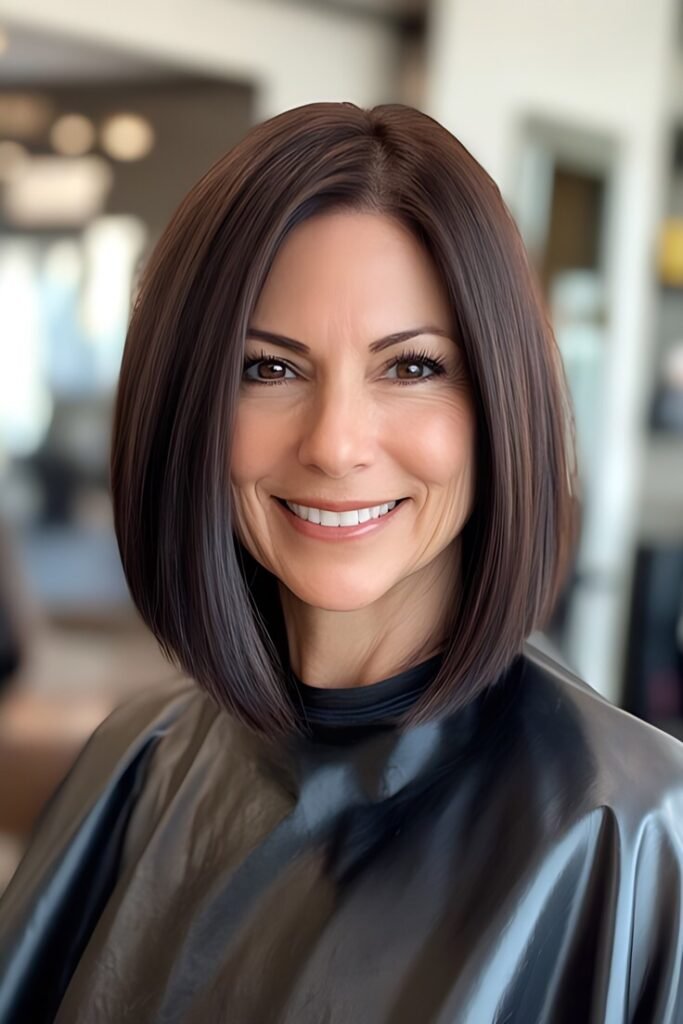


Hair naturally loses moisture and elasticity as we age due to hormonal changes, reduced oil production, and slower cell regeneration. The outer protective layer (cuticle) becomes weaker, making hair more susceptible to damage from heat tools like flat irons, curling wands, and blow dryers.
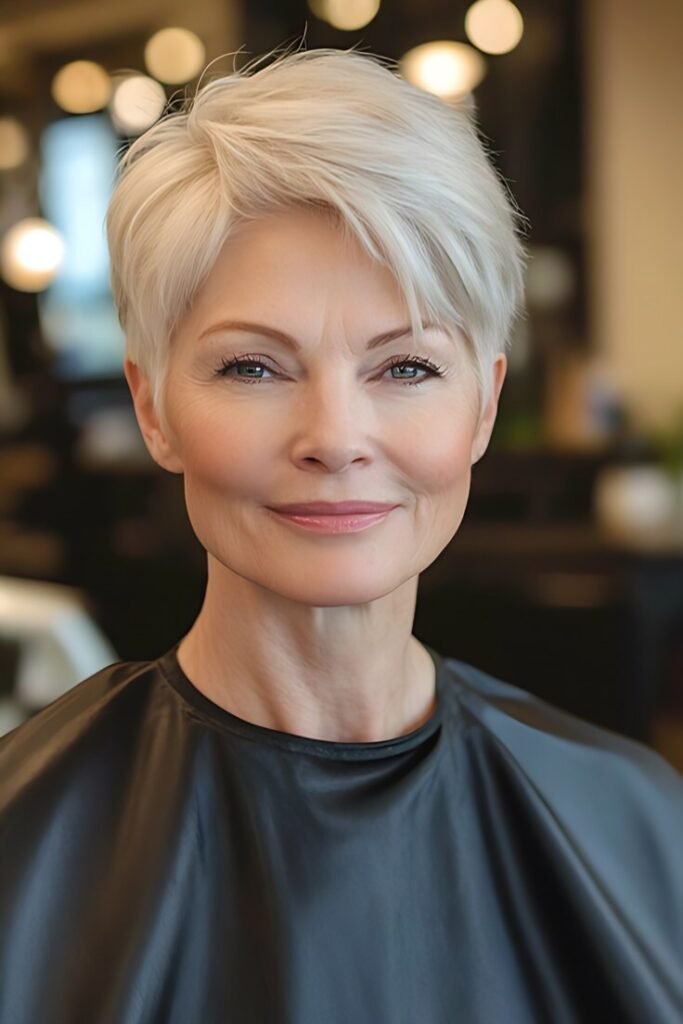
Without proper protection, frequent heat styling can accelerate hair thinning, cause brittleness, and leave hair looking lifeless.
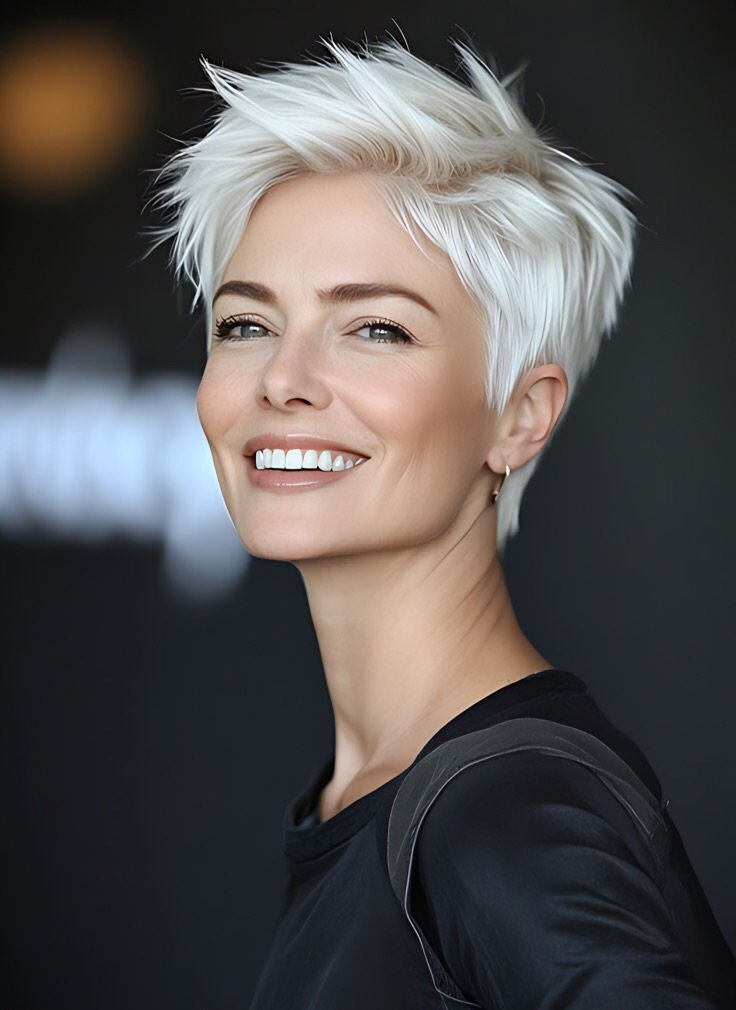

A heat protectant acts as a barrier between your hair and styling tools, minimizing direct damage. For older women, choosing the right formula is essential—look for products that offer both heat protection and deep hydration.

Application Tip: Spray or apply the protectant evenly from mid-length to ends before using any heat tool.
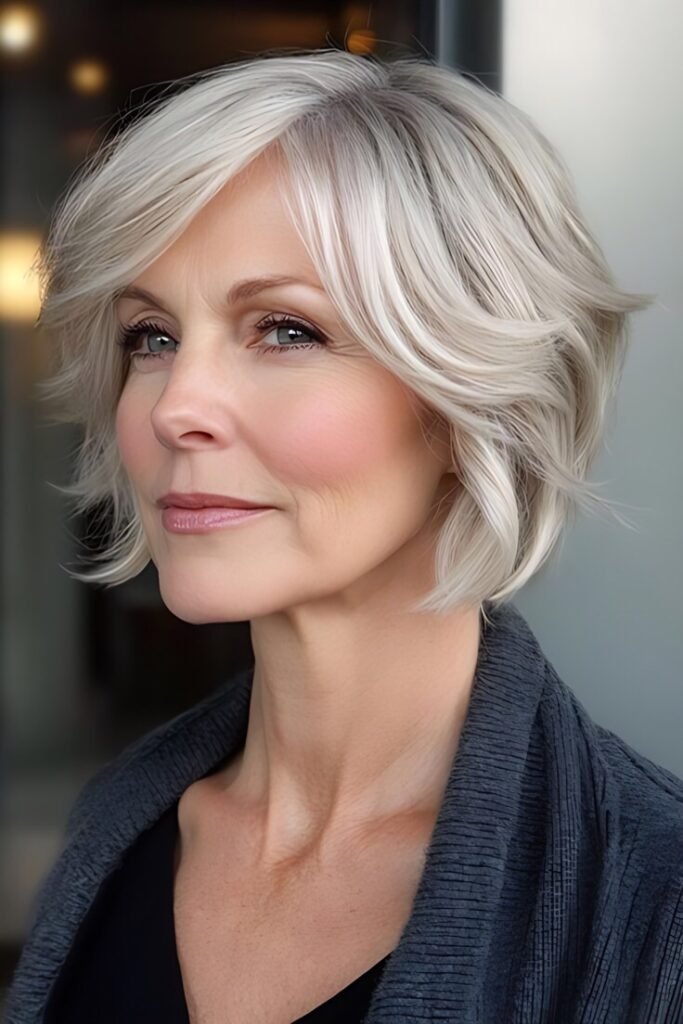
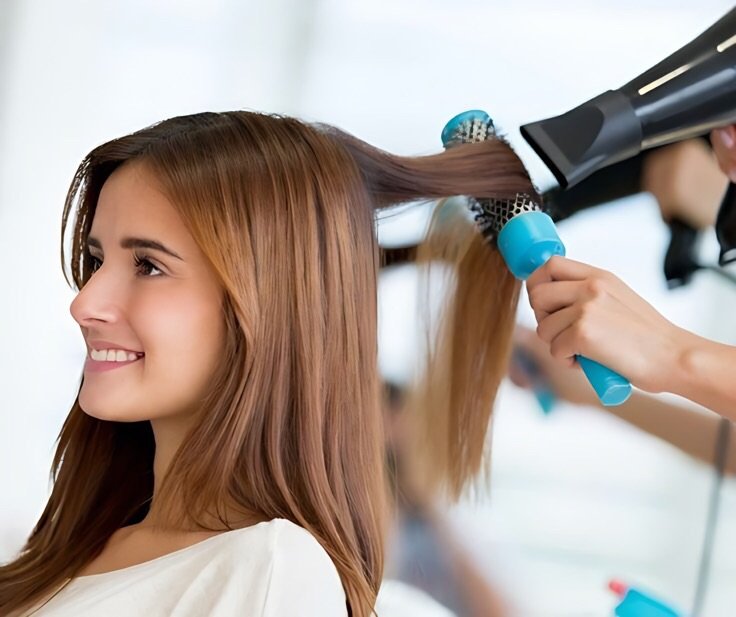
High heat settings are unnecessary and damaging, especially for fine or thinning hair. Instead, opt for moderate temperatures:
Pro Tip: If your hair is color-treated or extremely dry, keep the temperature under 300°F (149°C).
The less heat you use, the healthier your hair will be. Try these alternatives:
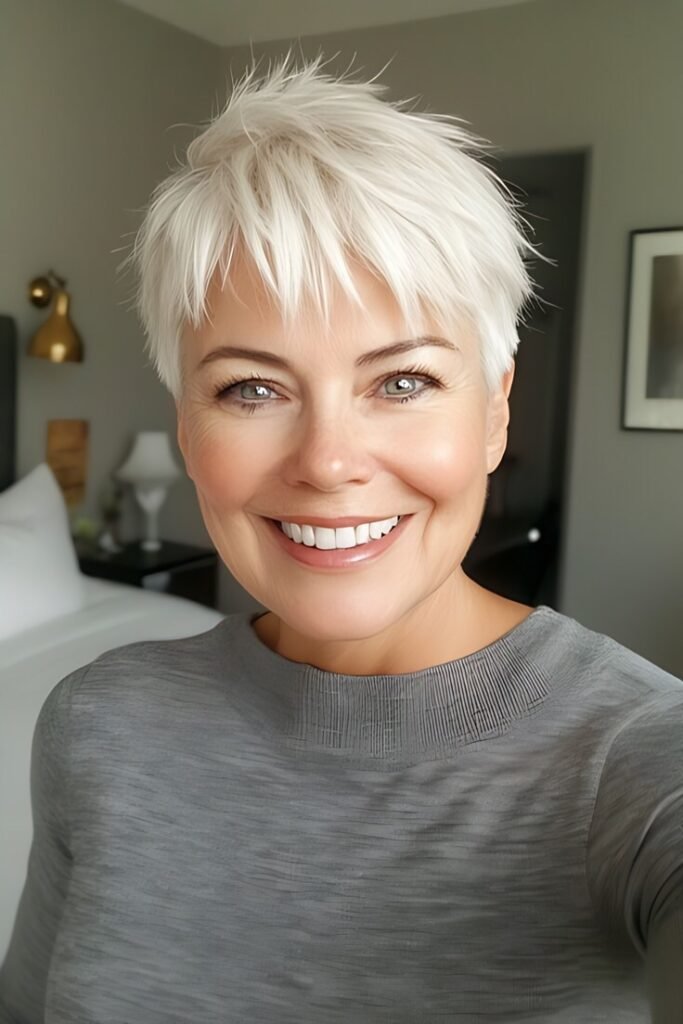
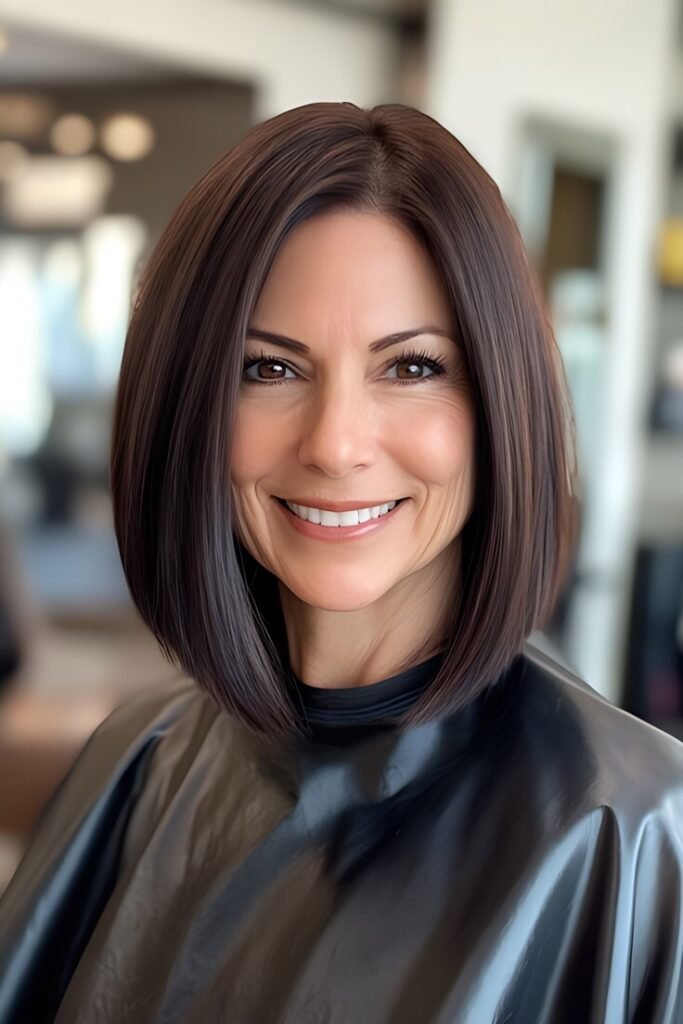
Mature hair thrives on moisture. Incorporate deep conditioning treatments at least once a week to replenish lost hydration and repair damage.
DIY Treatment Option: Mix coconut oil with honey, apply as a mask, and leave for 30 minutes before rinsing.
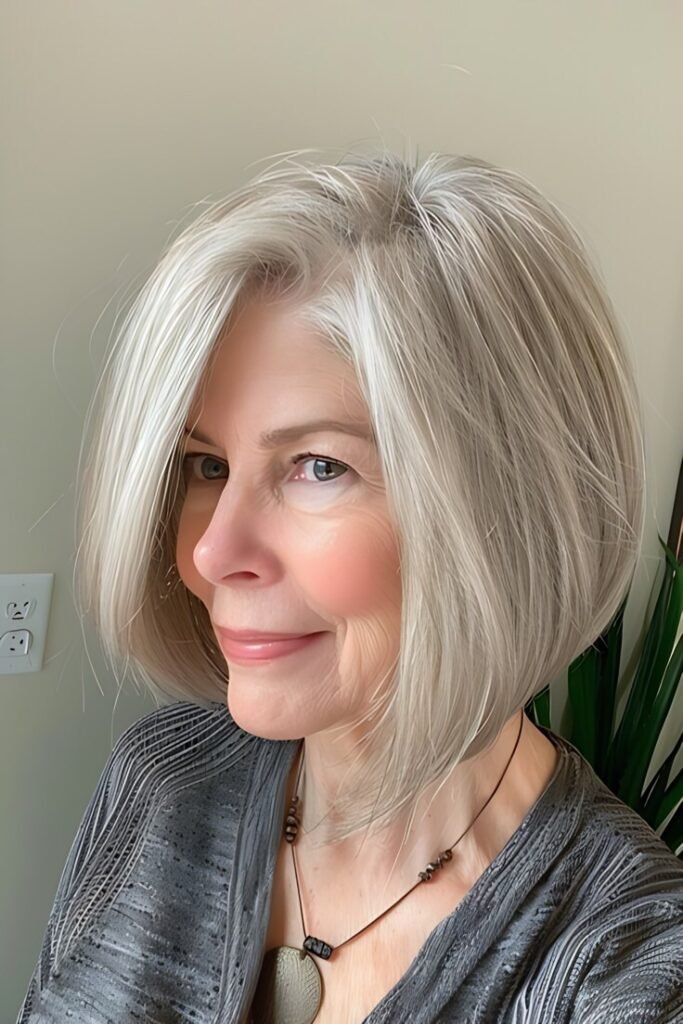

Cheap, low-quality styling tools can cause uneven heat distribution, leading to hot spots that fry hair. Ionic and ceramic tools distribute heat evenly and reduce static, making them ideal for fragile hair.
Heat damage often manifests as split ends. Getting trims every 6-8 weeks prevents further splitting and keeps hair looking healthy.
Friction from cotton pillowcases can weaken hair. Switch to a silk or satin pillowcase to reduce breakage and retain moisture.
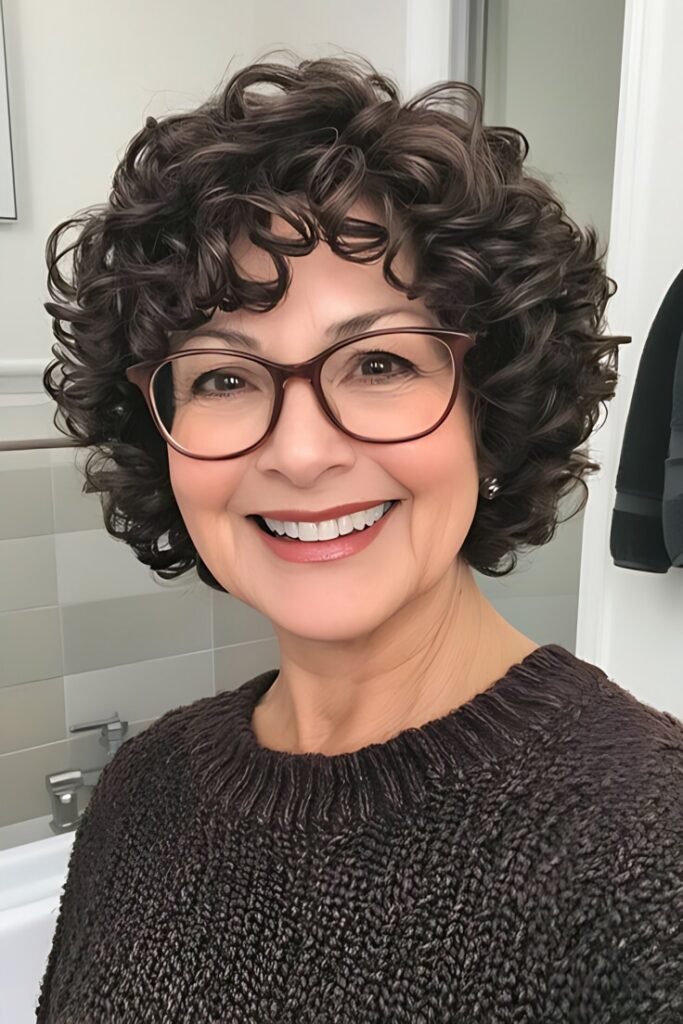
Frequent shampooing strips natural oils. Opt for sulfate-free shampoos and wash hair 2-3 times per week.
A lightweight leave-in conditioner adds an extra layer of protection and hydration.
Hair health starts from within. Increase intake of:
Pulling hair into tight ponytails or buns can cause traction alopecia, especially in thinning hair.
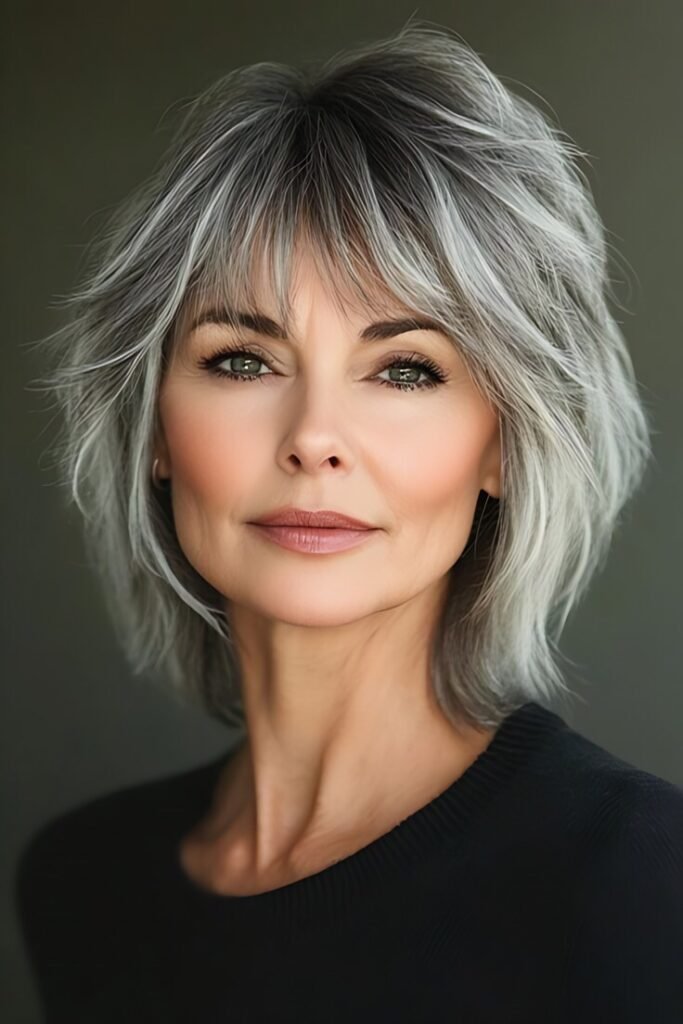
Protecting hair from heat damage as an older woman requires a mindful approach—gentle styling, nourishing products, and minimizing excessive heat exposure. By following these strategies, you can maintain strong, shiny, and healthy hair at any age.
Key Takeaways:
✔ Always apply a heat protectant before styling.
✔ Use low to medium heat settings.
✔ Deep condition weekly.
✔ Opt for heatless styles when possible.
✔ Maintain a healthy diet and hydration routine.
With the right care, you can enjoy beautifully styled hair without compromising its health. Embrace these tips to keep your locks looking radiant and resilient for years to come!